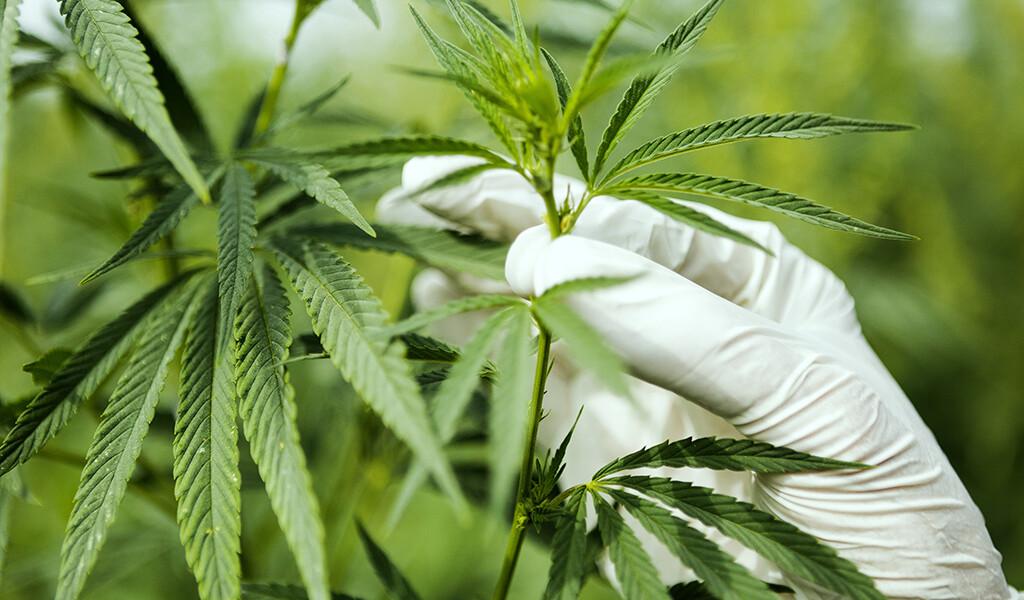By Kate Whitney
You’ve created your LinkedIn profile, filled in your basic information, and have chosen a headshot that speaks to your professionalism and is industry-appropriate—but your only connections are your brother, your mom, your college roommate, and your old high school librarian.
In Part 2 of our series on Creating an Effective LinkedIn Profile, we’ll address reaching out and making connections that speak to your personal and career interests and ambitions.
Heather Palow, M.Ed., ACC, Career Development Coach for UVM’s Master of Public Health Program and Public Health Certificates, spoke to us about how UVM helps foster those connections and how those outside of public health can leverage these insights to their benefit.
“The beauty of public health is that there are so many career options, but that can also be part of the overwhelm,” Palow said. “The UVM MPH program has an internal group page on LinkedIn, so connected members learn about jobs and tips on how to search LinkedIn for resources or trends that are happening within various careers in Public Health. This group is available for our students and alumni so they can have the most up-to-date information on insights about what’s happening in the world of public health, either related to our program or related to topics the students are interested in.”
For those outside of the MPH program, there are thousands of LinkedIn groups, including any public, national, or international associations, companies, hospitals, etc. Users can self-select organizations to follow—an especially good idea if they’re interested in obtaining a job at certain businesses, organizations, or locations. Palow encourages reaching out to professionals in your area of interest, whether you’re trying to build your network, seeking informational interviews, or internship experiences.
“There’s basic etiquette around participating in LinkedIn groups, and we offer tutorials that provide suggestions and examples of how this is done,” Palow said. “Group communication templates encourage various ways for students to connect with others in groups as they identify who they are, what their experience levels are, and what they hope their communication will accomplish in the professional world of LinkedIn. We have some people making three, four, or five connections per day as they research, learn about topics, and grow as public health professionals.”
Palow also notes that alumni connections can be very powerful, “Alums understand the basic skills and abilities students learn during their education, so they are often willing to meet with students. Having a cup of coffee with an alumnus can make a huge difference in helping understand how classroom and applied practice experiences translate into job and career paths. Alums have been especially helpful when supporting others who wish to relocate to another town or region. With the MPH being a fully online program, we have students and alumni from all over the United States and several countries, which translates to a healthy support group for national / global job seekers as well.”
Whether you’re connecting to a fellow alum or a complete stranger, LinkedIn offers these 10 insights on effective communication:
- Be authentic
- Customize your connection requests
- Be responsive
- Research before reaching out
- Be targeted and personalized
- Be careful with introductions
- Keep it short and sweet
- Proofread
- Give more than you take
- Always say thank you
Finally, and most importantly, if there’s anything unique about you or your experiences that will make a recruiter connect or talk to you, be sure to include it on your LinkedIn profile. “If they’re looking at four people with the same degree, they’re going to be drawn to the profile of the person who has something different, some human element on their LinkedIn profile every time. Palow said. “If you think about a recruiter sitting day in and day out looking at hundreds of profiles, what’s going to make you stand out?”
The third part of our LinkedIn series addresses common mistakes and gaps in your profile history.




